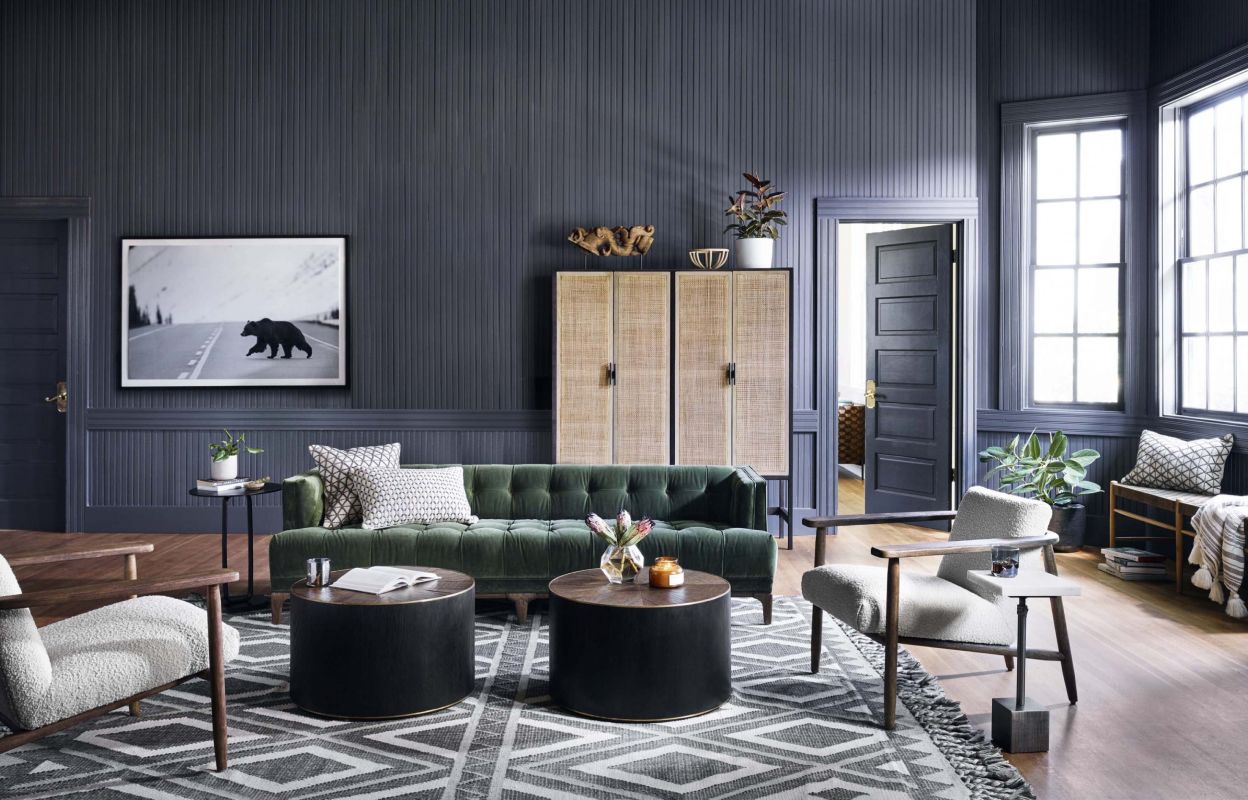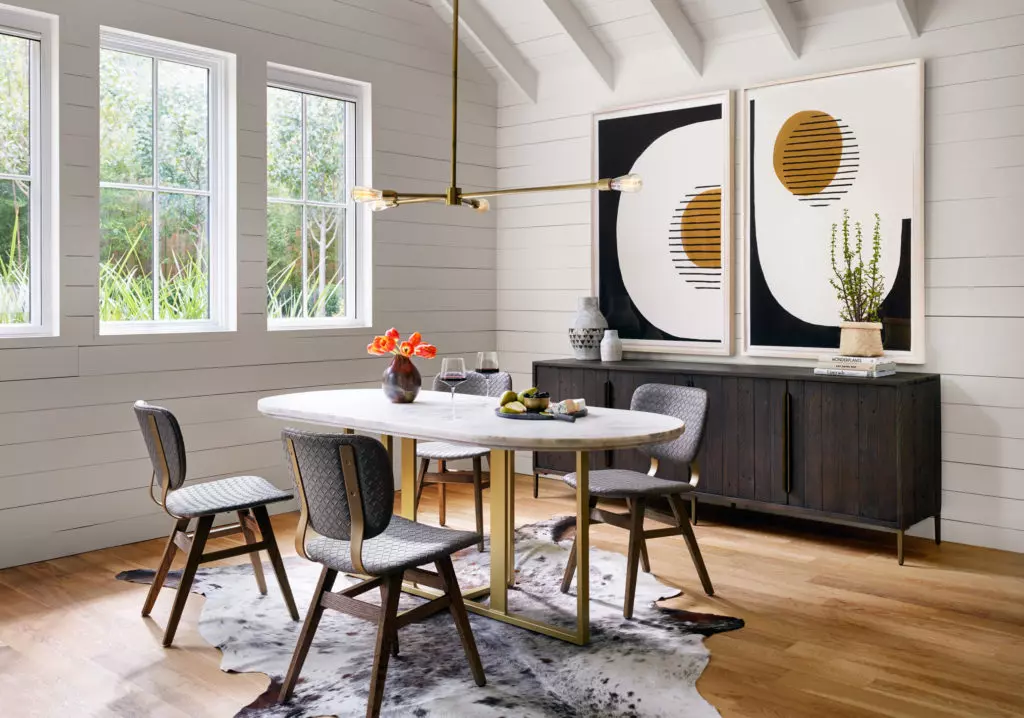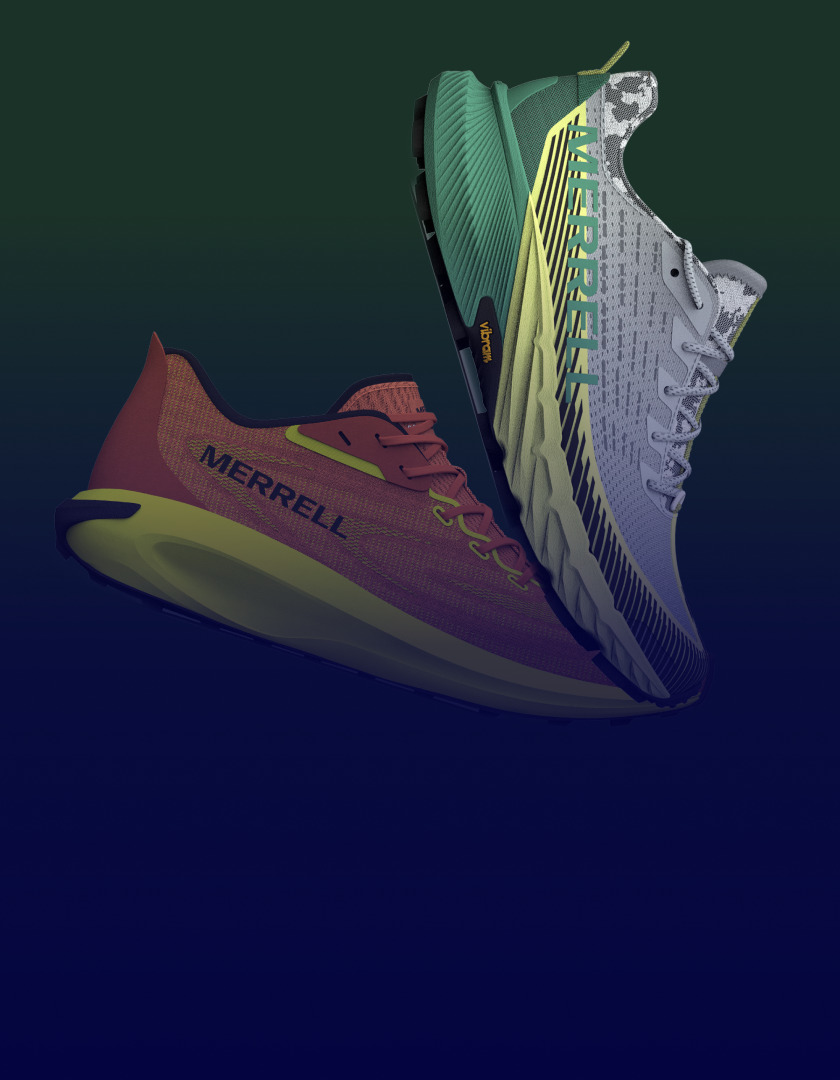How PLM Propels Furniture Companies to Meet Rising Consumer Expectations

by Douglas Estremadoyro, Vice President of Business Innovations, Four Hands
Four Hands was founded in 1996 and is based in Austin, Texas. We’re a global designer, manufacturer, wholesaler and retailer of innovative home furnishings, art and accessories.
We’re not a traditional furniture company, and because of that, we’re very sensitive to changes in consumer behavior. Today, many consumers expect furniture brands to operate in a similar way to fashion or consumer goods brands with more, new and on-trend products making it to shelves faster – and furniture companies need to keep up with that expectation.
We recently began a strategic initiative to invest in technology to support our rapid growth, and as part of that, we selected Centric Product Lifecycle Management (PLM) to handle our product development and go-to-market process. These are some of the key consumer-related challenges that PLM helps us to address.
Shifting buying patterns
The furniture industry has transformed in recent years. The consumer base is changing, and furniture buying patterns are changing as a result. Millennials are playing a more important role as consumers, and also as buyers for corporations.
There’s a shift from traditional case goods, which are wood-heavy, matching pieces of furniture, to a more item-based variety of pieces that use innovative, contemporary materials. We focus on trend-forward design, blending an eclectic mix of materials, textures and styles to create dynamic and creative lifestyle collections.
Because we’re known for creating furniture with a lot of different styles and materials, we encounter a complicated challenge. In the past, a furniture company would design a collection with a single theme, then make a bed, a nightstand, a dressing table, a chest and so on following the same basic design flavor so that customers could buy the whole set.
Now, customers want to mix and match. Instead of working with one theme and creating 13 pieces that follow that theme, now you have to develop 13 brand new pieces from scratch using different themes. Consumers demand uniqueness and the flexibility to choose a combination of pieces with very different styles.

More channels, more information, greater speed
As we’ve grown, we’ve diversified into new channels. Our e-commerce marketplace offers consumers the convenience of online shopping, but it also requires a high level of product information. When buying online, consumers need much more information about the products they’re about to purchase than they would look for in a physical showroom. Managing this data using our legacy systems and spreadsheets became almost impossible. We knew we had to do something different.
When it comes to getting products to market, we need to react with speed. This is especially true with e-commerce. You have to be able to provide instant gratification. When people order a piece online, they expect it to be delivered within 48 hours. Consumers these days certainly don’t accept that if they want a piece of furniture, they’ll have it in 6 months!
This is obviously a challenge in terms of warehousing and distribution, but it creates challenges all the way through our supply chain because we need to source those products from reliable vendors that ship on time and can deliver exactly what we want. Managing merchandise planning, design, sourcing, sampling, communicating with suppliers, product development and market launch in an efficient way affects how quickly we can get our pieces into our customers’ hands and homes.
How PLM drives customer satisfaction
To cope with these challenges and keep our customers happy, we needed a major change. We were working with legacy software systems, Excel and email, and entering data in multiple systems slowed us down and made us inefficient. We looked for a modern, flexible, scalable system that could support our growth, and selected Centric PLM™.
Centric PLM gives us a central hub for everything to do with product development, from inspiration all the way to testing and sourcing. With a single version of the truth for product information and a central location for collaborative work, we now have the visibility and seamless communication we need to keep up with demand for more products, greater variety and faster time to market.
Centric PLM enables greater efficiency in the development process, making it possible to re-use templates to create fresh versions of previous products. Vendors have the capacity to communicate with our vendor coordinators using a more streamlined flow of information, especially when it comes to sampling and testing of our new products, and everyone’s on the same page.
The furniture industry is traditionally slow-paced, but it has become subject to the same pressures and trends as fashion, retail and other consumer goods sectors. Our customers now expect more choice and variety, greater speed and a frictionless buying experience. With Centric PLM, we have the technological foundation to handle our growing business and give customers what they want much faster.









